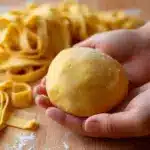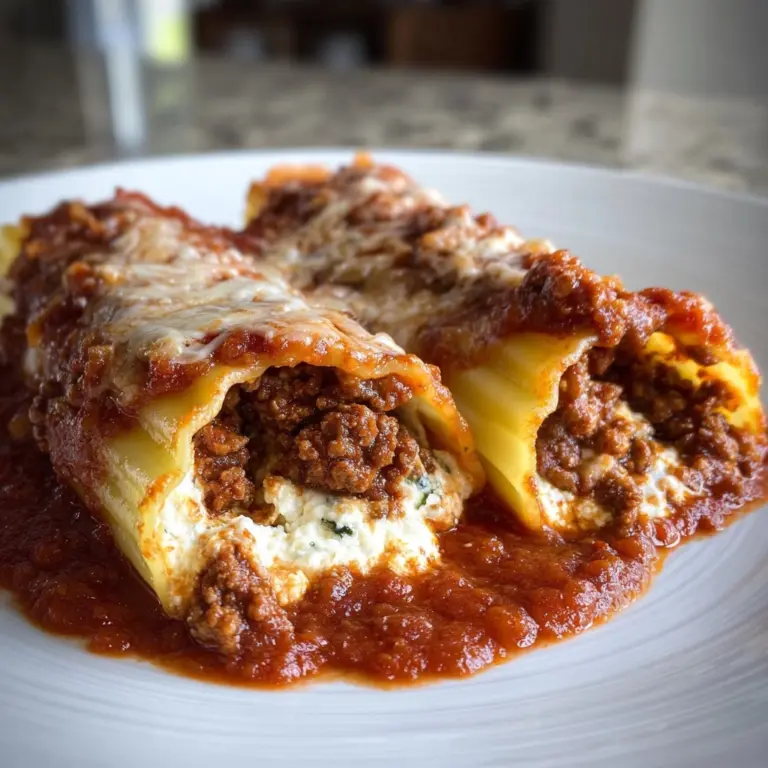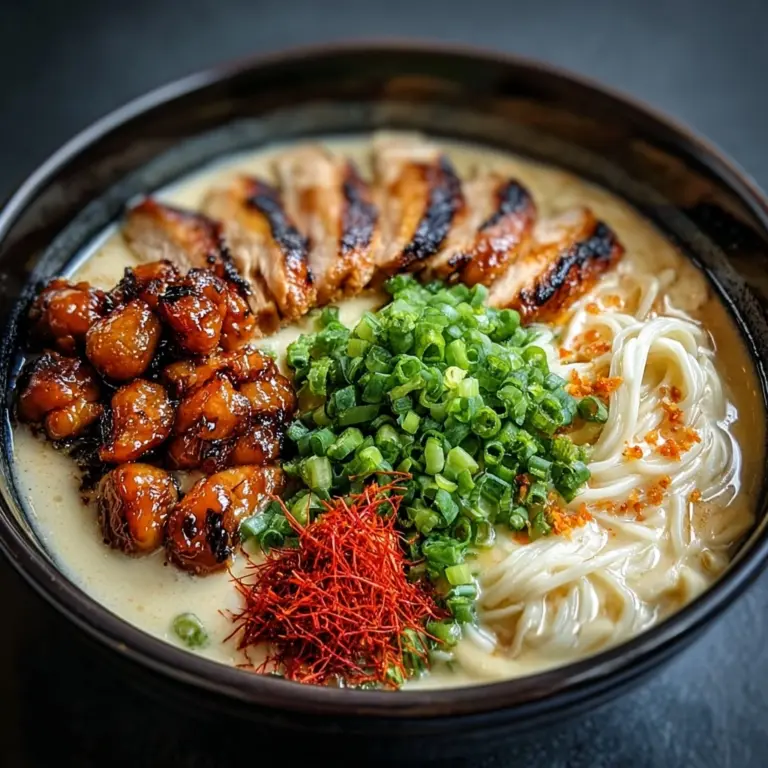Homemade Pasta Dough Recipe
Homemade Pasta Dough is pure kitchen magic: a handful of common pantry staples come together to create something infinitely more special than boxed pasta. There’s something so satisfying about transforming flour, eggs, and a bit of olive oil into a supple, golden dough with your own two hands. Whether you’re craving rustic ribbons of tagliatelle or delicate pasta sheets for lasagna, this timeless recipe is the perfect starting point for a world of Italian-inspired creations.
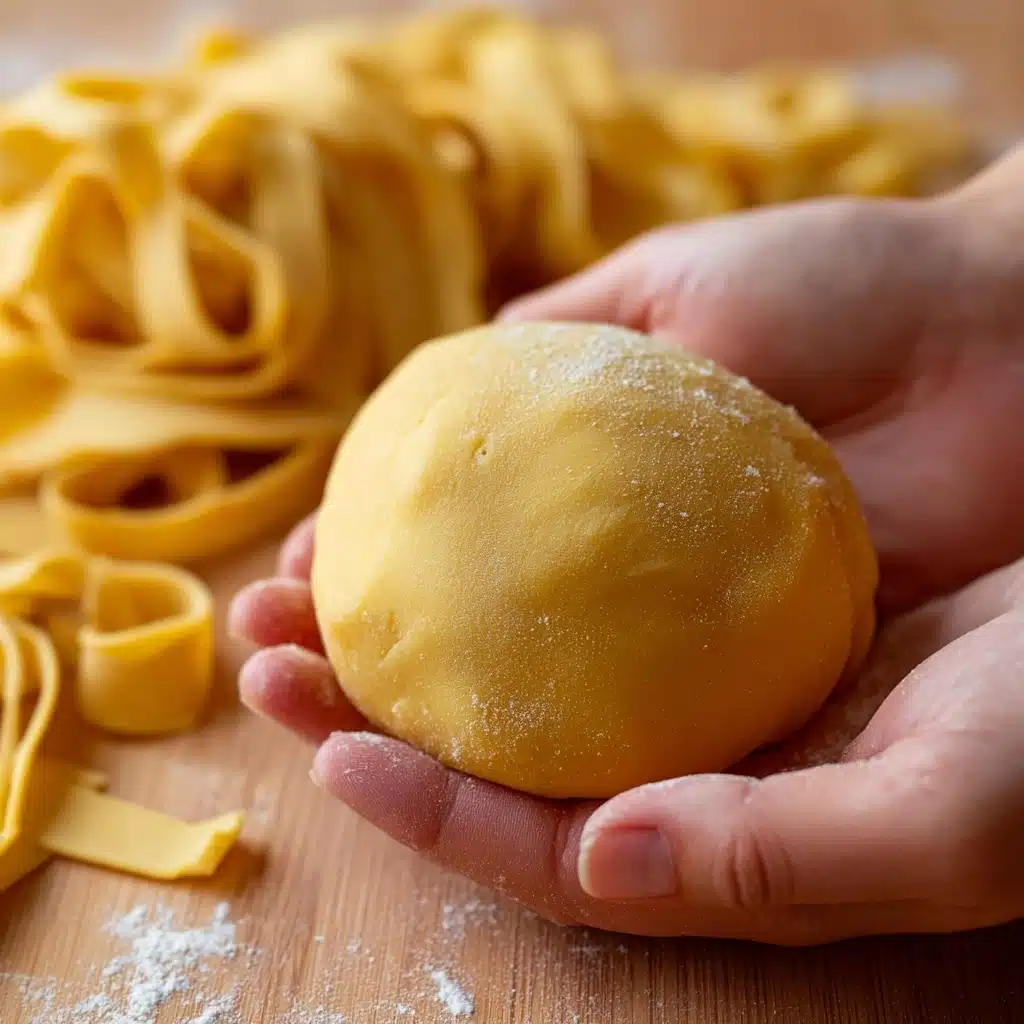
Ingredients You’ll Need
Making Homemade Pasta Dough is all about embracing simplicity and quality. Each ingredient plays its own unique part, bringing structure, flavor, and that signature rich yellow color to your final pasta. Here’s what you’ll need, along with why it matters:
- All-Purpose Flour: The backbone of the dough, giving you just the right balance of chew and tenderness.
- Egg Yolks: These add richness, a lovely golden hue, and an unbeatable silky texture to your pasta.
- Whole Egg: Supports structure and moisture, making the dough a little easier to work with.
- Olive Oil: Enhances the dough’s elasticity and brings a slight hint of fruity flavor.
- Salt: Just a pinch brings all the flavors together and helps the pasta taste like more than just flour and eggs.
- Water: Use only as needed to achieve the perfect dough consistency; add it gradually when the dough feels too dry.
How to Make Homemade Pasta Dough
Step 1: Create Your Flour Well
Start by pouring your flour onto a clean countertop, then use your hands to make a wide, shallow well in the center. This classic technique is not just traditional—it gives you space to work in all the other ingredients and helps you avoid runaway eggs! Add your egg yolks, whole egg, and olive oil right into the well, then sprinkle the salt on top.
Step 2: Wisely Incorporate the Eggs
With a fork, gently beat the eggs and oil together, gradually pulling in flour from the edges of the well. Take your time—adding the flour slowly ensures a smooth transition from runny eggs to a cohesive dough. This stage is a little messy, but that’s all part of the hands-on fun!
Step 3: Knead the Dough
Once the mixture starts coming together, set aside your fork and use your hands to knead. The dough might look flaky at first, but keep at it—soon it will form a smooth, silky ball. If the dough seems tough or won’t come together, add water one tablespoon at a time until it’s just right. Knead for about 10 minutes, and savor the transformation happening beneath your palms.
Step 4: Rest and Chill
Lightly flatten the dough with your hands, then wrap it tightly in plastic wrap. Let it rest in the refrigerator for at least 30 minutes. This gives the gluten time to relax and the moisture to distribute evenly, making the dough much easier to roll out and shape.
Step 5: Roll Out and Shape
Unwrap your chilled Homemade Pasta Dough and set it on a floured surface. Using a rolling pin, gently press and roll until the dough reaches your desired thickness. Now it’s ready to be sliced, filled, or cut into the pasta shape your heart desires!
How to Serve Homemade Pasta Dough
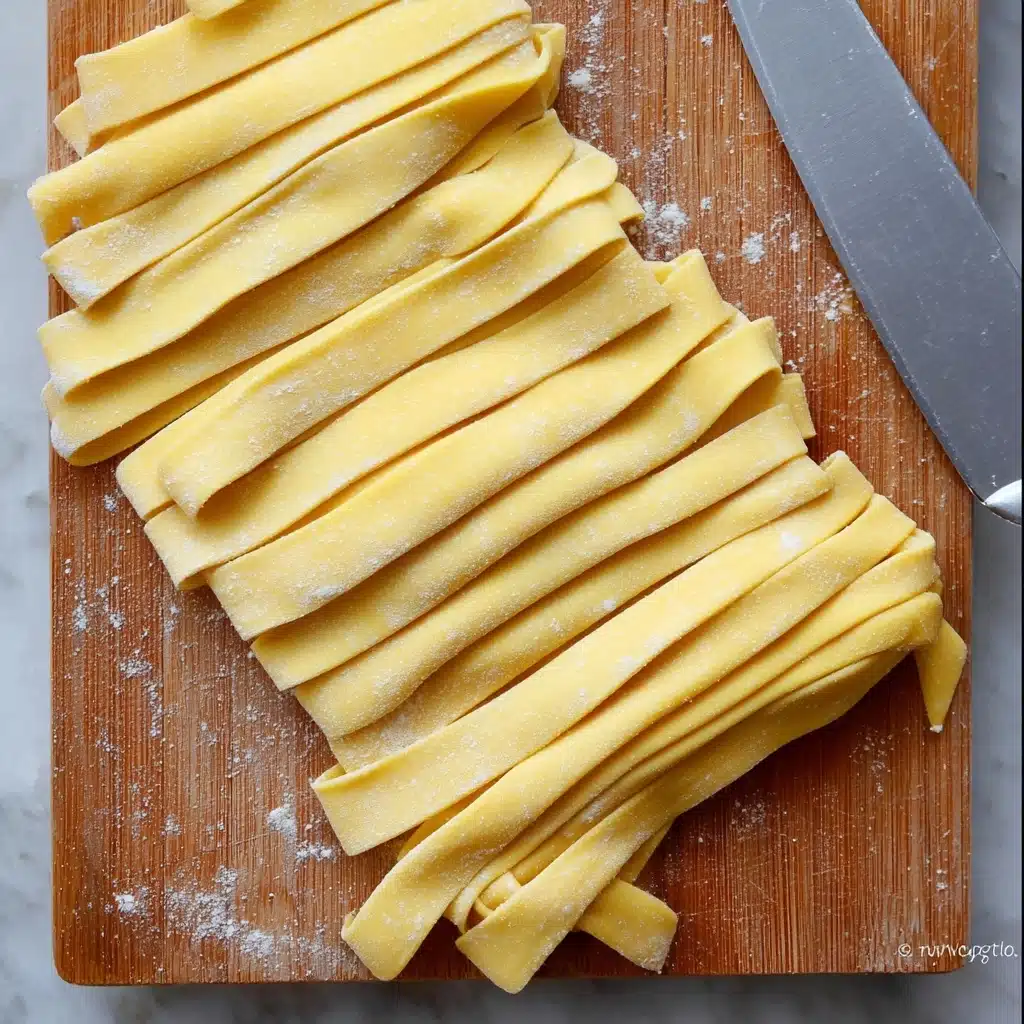
Garnishes
To really let your Homemade Pasta Dough shine, keep garnishes simple and classic—a sprinkle of freshly grated Parmigiano Reggiano, a drizzle of robust olive oil, or a handful of torn basil leaves. A crack of black pepper or zest of lemon gives a bright finish, letting the homemade noodles be the star of the plate.
Side Dishes
Homemade pasta pairs beautifully with light vegetable sides or simple salads. Think blistered cherry tomatoes tossed with olive oil and herbs, garlicky sautéed greens, or a crisp green salad with a tangy vinaigrette. Keep the accompaniments fresh and unfussy to let your pasta shine.
Creative Ways to Present
Show off the beauty of your Homemade Pasta Dough by twirling it into nests for individual servings or layering it in a dramatic lasagna. You can also shape stuffed versions like ravioli, or cut the dough into whimsical shapes for a playful dinner party. The possibilities are endless, and each presentation highlights the homemade touch.
Make Ahead and Storage
Storing Leftovers
Once you’ve made your Homemade Pasta Dough, you can store any extra tightly wrapped in plastic and set it in the fridge for up to two days. Just be sure it’s well sealed to keep it from drying out, and bring it to room temperature before rolling out.
Freezing
Homemade Pasta Dough freezes wonderfully! Divide it into portions, wrap each tightly with plastic wrap, and then tuck them into a freezer bag. They’ll keep for up to three months—just thaw overnight in the fridge before using.
Reheating
If you’ve already made and cooked your pasta, reheat it by briefly tossing it in simmering water for 30-60 seconds, or by warming gently with sauce in a skillet. This keeps the texture tender and delicious rather than gummy or dry.
FAQs
Can I use bread flour or “00” flour for Homemade Pasta Dough?
Absolutely! While all-purpose flour makes lovely pasta, bread flour will give you a firmer, chewier bite, and Italian “00” flour offers an ultra-silky texture. Try different flours to discover your personal favorite.
Why does my dough feel too dry or too sticky?
Pasta making is a bit of an art, and humidity, flour type, and egg size can all affect the dough. If it feels dry and crumbly, gradually add a tiny splash of water. If sticky, dust with a little more flour as you knead.
How thin should I roll out the pasta?
That depends on your final pasta shape, but as a rule, roll it thinner than you think—typically 1 to 2 millimeters. Fresh pasta puffs up a bit when cooking, so err on the side of thin for tender noodles.
Do I need a pasta machine for Homemade Pasta Dough?
Not at all! While a pasta machine makes things easy, a sturdy rolling pin and determination will get you beautifully thin pasta sheets. Handmade pasta feels extra rewarding—and looks rustic in the best way.
Can I flavor the dough with herbs or other ingredients?
Yes! Consider mixing in finely chopped herbs, a pinch of saffron, or even a bit of beet or spinach puree for color and flavor. Homemade Pasta Dough is wonderfully versatile and takes on additions beautifully.
Final Thoughts
There’s just nothing like the satisfaction of making Homemade Pasta Dough from scratch—kneading, rolling, and savoring every bite you’ve created yourself. If you’ve ever wanted to bring a little Italian warmth into your own kitchen, this is the place to start. Give it a try, and prepare to be surprised by how easy, fun, and delicious fresh pasta can be!
PrintHomemade Pasta Dough Recipe
Learn how to make delicious homemade pasta dough from scratch with this simple recipe. With just a few basic ingredients, you can create fresh pasta that is perfect for your favorite pasta dishes.
- Prep Time: 20 minutes
- Cook Time: 0 minutes
- Total Time: 50 minutes
- Yield: 4 servings 1x
- Category: Pasta
- Method: Mixing, Kneading, Rolling
- Cuisine: Italian
- Diet: Vegetarian
Ingredients
Dough:
- 2 cups all-purpose flour
- 3 egg yolks
- 1 egg
- 1 tablespoon olive oil
- a pinch of salt
- 2 tablespoons water
Instructions
- Prepare the Dough: Place the flour onto a clean worktop and make a well in the middle. Fill the hole with egg yolks, egg, and olive oil. Sprinkle with salt.
- Combine Ingredients: Start beating the eggs with a fork while slowly incorporating flour into the eggs, a little at a time.
- Knead the Dough: Once the eggs and flour are combined into a messy mixture, start kneading. Add water if needed. Knead for 10 minutes until smooth.
- Rest the Dough: Flatten the dough, wrap in plastic wrap, and refrigerate for 30 minutes.
- Roll Out the Dough: After resting, roll out the dough with a rolling pin.
Nutrition
- Serving Size: 1 serving
- Calories: 240 kcal
- Sugar: 1g
- Sodium: 150mg
- Fat: 6g
- Saturated Fat: 1g
- Unsaturated Fat: 4g
- Trans Fat: 0g
- Carbohydrates: 38g
- Fiber: 2g
- Protein: 8g
- Cholesterol: 105mg
Keywords: Homemade Pasta, Fresh Pasta, Pasta Dough Recipe

